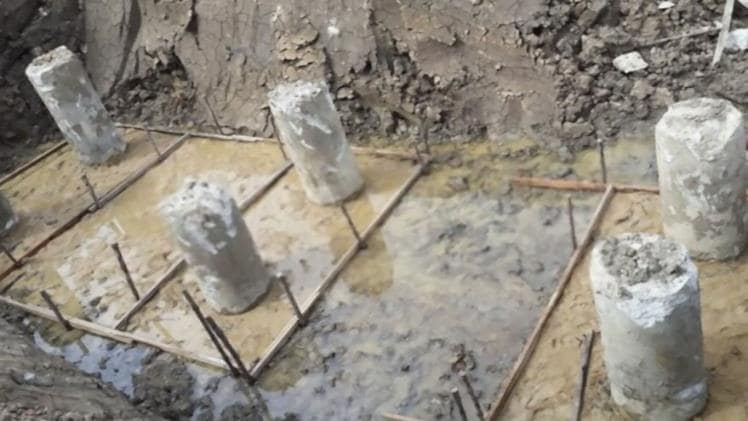Piles are another important component in construction. We always hear each other’s names And most of them know that it is important in strengthening the building. however In order to use piles, we should first understand the details. to be able to Choose to use it appropriately. One thing that should be known is “Types of piles” which have many times found that there is some confusion in the understanding of the general public. Sindhu & Q.P.S. Co., Ltd. We are experts in the production of piles to educate about this matter.
Note : We are a house building company. We have been a well-known company in the home building business for a long time. We have more than 5000 houses built in Thailand. find more information on our website : https://www.trendyhome.co.th/
Type of pile
First of all, we need to understand each other’s words. “Types of piles” because this is another matter that is often confused with understanding. Between the division of “type” and “type”, which sometimes leads to miscommunication. especially those who are homeowners or employers who are not very skilled in technician work May communicate understanding with technicians or contractors wrongly from the intention, causing time consuming or may cause errors in the work ever (Those who want to know more basic information about piles can be read from the story “What is a pile?”)
Type of pile in the field of engineering An expert engineer explained that type of pile There are three commonly used types:
1. Pile drive
This type of pile There are concrete poles, steel poles and wooden poles. Most of them use concrete piles. Because they are stronger than wooden posts and cheaper than steel poles. Concrete piles can be subdivided into 2 types, namely Reinforce concrete pile and Prestressed concrete pile. The type of pile most popular because it can produce long and economical It has a smaller cross-sectional area, making it less impact on nearby buildings when hammering. There are many types of piling piles, including I-shaped, square, T-shaped, and round, etc. Pile piles can support a safe weight of about 10-80 tons per tree.
2. Bored piles
Bored piles differ from prestressed concrete piles in terms of use. It must be done in the real work area and the process of doing it is quite complicated. by using a drilling tool Dig the soil down to the depth of the pile and the size of the pile diameter as specified. Then reinforcement is added and concrete is poured into it to form a pile. Bored piles can also be divided. Types of piles are divided into two main types according to the size of the piles and the process used, which are small bored piles. (dry bored piles) and large bored piles (Wet bored pile)
3. Pre-stressed centrifugal piles
Pre-stressed centrifugal pile, commonly known as “Spun Pile” (Spun Pile) is a pile that is produced using the process. Spinning concrete in the formwork which rotates at high speed, causing the concrete to be denser than the cast concrete. By ordinary means therefore has high strength and can carry a lot of weight Spun piles are round columns, hollow in the middle, with prestressed steel wire frames embedded in the surrounding concrete. This type of piling can be done in many different ways. both methods of hammering with a simple crane and the method of hammering with a punching press system
Spun piles are available in many sizes. The most commonly seen sizes range from 20 – 100 centimeters in diameter, with a thickness of concrete in the range of 6 – 14 centimeters, with the length of each block in the range of 6 – 18 meters, depending on the manufacturer. This length can be increased by connecting the poles. Because the spun pile is hollow, the soil pressure can be reduced while hammering by drilling and conveying the soil through the hollow of the pile. This will reduce the impact on nearby buildings. These columns are suitable for bridges or as the foundations of tall buildings that require high stability to prevent problems with strong winds and earthquakes.

